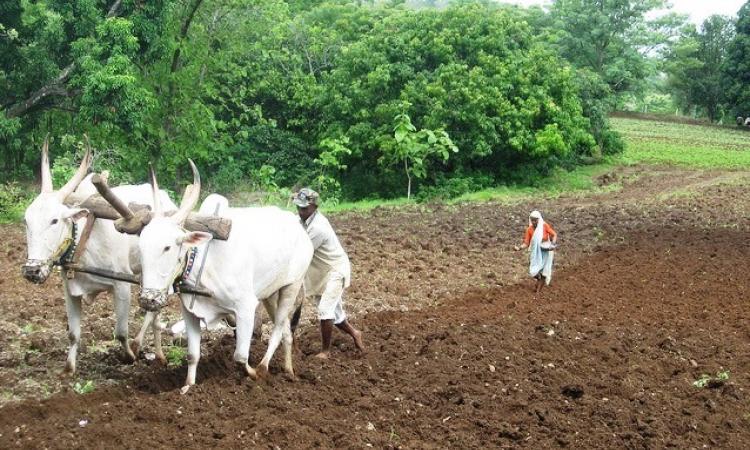
Marathwada, one of the most drought prone areas in Maharashtra, continues to be in the news over the last few months due to the severe agarian crisis that the region has been facing and the very high rates of farmers suicides. In fact, Marathwada has now been referred to as the suicide capital of the country with a steady increase in farmer suicides going as high as 1024 this year.
The study
The paper titled 'Lack of irrigation facilities, drought conditions and farmers suicides in Marathwada region, India' published in the American Journal of Rural Development, presents the findings of a study that explored the causes of death or the factors that led to suicide among farmers in the region by talking to household members of 90 farmers in the area who had committed suicide.
A field surveyor visited each of these houses to collect information about the cause of death as well as information on marital status, occupation, alcohol use and education in the household. The underlying cause of each death was sought by an enhanced form of verbal autopsy, known as the routine, reliable, representative, re-sampled household investigation of mortality with medical evaluation (RHIME).
Data was collected using interview schedule and information on landholding, irrigation facilities supplementary business, choice of crop, seed source, technical facilities availability, sale of the product, indebtedness, monthly income and expenditure, and reasons behind suicides was obtained.
Findings of the study
- 33% of the farmers did not hold any land. This was one of the important reasons that led to poor economy among the farmers.
- Among those who had land, as high as 43% was non-irrigated. Most of the suicidal cases were reported among non-irrigated land owners/regions because lack of water had a severe impact on agricultural production, leading to loss of crops and low annual income levels.
- Farmers were thus forced to take loans for their daily household expenses and other needs. Maximum loans were taken by the farmers to take care of their agricultural expenses followed by their daughter's marriages.
- A high percentage of farmers (57%) were unable to repay their loans. The low land holders could not repay their loans and therefore could not seek additional loans from the same banks or other banks from the region, and were forced to seek loans from private illegal sources. The interest rate of non-bank loans was found to be very high (24% to 60% per annum) as compared to government acquired banks (crop loans at 4% per annum) and the farmers were found to be caught in the cyclical web of loans from where there was no way out thus leading to depression and suicide.
The paper ends by making some recommendations to prevent this situation among farmers that includes:
- Improving literacy levels among farmers
- Providing medical facilities to provide support and counselling services to vulnerable farmers
- Controlling expenditures incurred on rituals, festivals and marriages
- Making available technical and financial support for agricultural production
- Introducing a national level water management policy for available sources of water for crop production, restrictions and control on the share of available water supply for each farmer in the region, preventing excessive use of water and development of a crop plan based on water availability
- Developing a national level budget for agriculture and focusing on production enhancement with minimum expenditure
- Ensuring self-reliance and capacity building among farmers in modern farming techniques
- Establishing a monitoring and support system for vulnerable farmers and a transparent, village-level system for disbursement of relief packages.
/articles/why-do-farmers-commit-suicide-marathwada